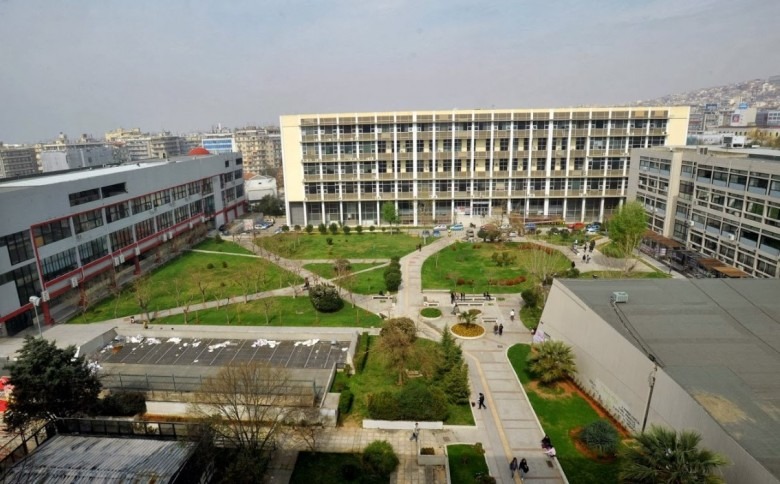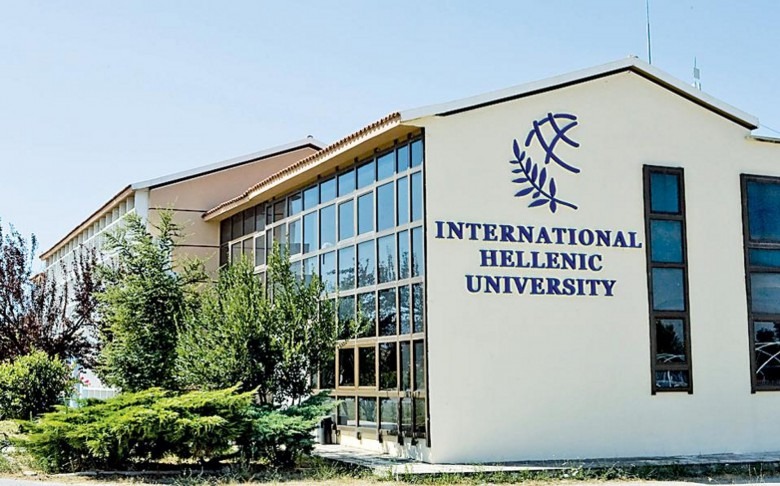Thessaloniki Tourism Organization is a non-profit organization which constitutes the official tourism board of Thessaloniki’s Region.
Key objectives
- Advertising and promoting destination Thessaloniki in Greece and abroad
- Designing the tourism brand of Thessaloniki
- Preparing and implementing tourism development strategic plans
- Promoting and highlighting the strategic advantages of Thessaloniki as an important touristic, commercial, economic, cultural, religious and cruise destination as well as a MICE destination
- Creating promotional and informative material and publications, such as, maps, city guides, and targeted thematic brochures, while designing, implementing and promoting new tourism products and services
- Supporting and coordinating various events that promote the tourism profile of the Region
Everything you may know , you can check the :
Stakeholders
City of Thessaloniki
Thessaloniki is located on the Thermaic Gulf, at the northwest corner of the Aegean Sea. It is bounded on the west by the delta of the Axios.
Thessaloniki is located on the Thermaic Gulf, at the northwest corner of the Aegean Sea. It is bounded on the west by the delta of the Axios. The municipality of Thessaloniki, the historical center, had a population of 317,778 in 2021,[4] while the Thessaloniki metropolitan area had 1,091,424 inhabitants in 2021.[10][3] It is Greece’s second major economic, industrial, commercial and political centre, and a major transportation hub for Greece and southeastern Europe, notably through the Port of Thessaloniki.[11] The city is renowned for its festivals, events and vibrant cultural life in general,[12] and is considered to be Greece’s cultural capital.[12] Events such as the Thessaloniki International Fair and the Thessaloniki International Film Festival are held annually, while the city also hosts the largest bi-annual meeting of the Greek diaspora.[13] Thessaloniki was the 2014 European Youth Capital.[14]
The city was founded in 315 BC by Cassander of Macedon, who named it after his wife Thessalonike, daughter of Philip II of Macedon and sister of Alexander the Great. An important metropolis by the Roman period, Thessaloniki was the second largest and wealthiest city of the Byzantine Empire. It was conquered by the Ottomans in 1430 and remained an important seaport and multi-ethnic metropolis during the nearly five centuries of Turkish rule. It passed from the Ottoman Empire to the Kingdom of Greece on 8 November 1912. Thessaloniki exhibits Byzantine architecture, including numerous Paleochristian and Byzantine monuments, a World Heritage Site, as well as several Roman, Ottoman and Sephardic Jewish structures. The city’s main university, Aristotle University, is the largest in Greece and the Balkans.[15]
Thessaloniki is a popular tourist destination in Greece. In 2013, National Geographic Magazine included Thessaloniki in its top tourist destinations worldwide,[16] while in 2014 Financial Times FDI magazine (Foreign Direct Investments) declared Thessaloniki as the best mid-sized European city of the future for human capital and lifestyle.[17][18]
Regional unit of Thessaloniki
The regional unit stretches from the Thermaic Gulf in the southwest to the Strymonic Gulf in the east. Two bodies of water are located in the north, Lake Koroneia in the heart of the regional unit and Lake Volvi in the east. There are farmlands throughout the west and southwest, with fewer in the northeast, north and along the Axios River valley. Mountainous areas include the Chortiatis in the west-central part, the Vertiskos in the north and parts of the Kerdylio mountains in the northeast. The regional unit borders on the Imathia regional unit to the southwest, Pella to the west, Kilkis to the north, Serres to the east and Chalkidiki to the south.
Its climate includes hot Mediterranean summers and cool to mild winters in low-lying areas and plains. Winter weather is very common in areas 500m above sea level and into the mountains.
Take a better look of all investments and European projects running ih the region .
Education
The Aristotle University of Thessaloniki (A.U.Th.; often called the Aristotelian University or University of Thessaloniki; Greek: Αριστοτέλειο Πανεπιστήμιο Θεσσαλονίκης) is the sixth oldest, and among the most highly ranked, tertiary education institution within Greece.Named after the philosopher Aristotle, who was born in Stageira, about 55 km (34 miles) east of Thessaloniki, it is the largest university in Greece and its campus covers 230,000 square metres in the centre of Thessaloniki, with additional educational and administrative facilities elsewhere.


The University of Macedonia is a public research university in Thessaloniki, Macedonia, Greece. It is a modern institution, renowned for the quality, freedom, democracy, meritocracy and individual development it provides to its members.[12]
Founded as School of Higher Industrial Studies of Thessaloniki (in Greek: Ανώτατη Βιομηχανική Σχολή Θεσσαλονίκης) in 1948 and started its first operation during the academic year 1957–1958, it is the second largest university in the city (following the Aristotle University of Thessaloniki). It currently consists of eight departments which deal mainly with social, political, economic sciences and Information Technology.[13
The International Hellenic University (Greek: Διεθνές Πανεπιστήμιο της Ελλάδος) was initially established in October 2005 and was exclusively based in Thessaloniki, Greece. It was Greece’s first public university where programmes were taught exclusively in English and it was composed of three schools, offering twenty-four master programmes.
The university’s structure was reformed in 2019, now incorporating the three TEIs from Northern Greece (the Alexander Technological Educational Institute of Thessaloniki, the TEI of Central Macedonia and the TEI of Eastern Macedonia and Thrace). The final university structure resulted into nine schools and thirty-three departments, with campuses scattered across nine Greek cities (Thermi, Sindos, Kavala, Serres, Drama, Katerini, Edessa, Kilkis, Didymoteicho).[2] The main funds for the university operations come from the Greek state and the European Union.

Bussiness
The Chamber of Commerce and Industry of Thessaloniki is established in 1918. Its operation begins in 1919. The TCCI is the second Chamber in Greece in terms of size and its contribution in the development of the country until now is very important.
The history of the TCCI is closely related with that of the region: the establishment of the Thessaloniki International Fair, the modernisation of Thessaloniki Port Authority and of the Free Zone in it, the foundation of the Merchandise Stock Exchange of Thessaloniki, the operation of a middle Commercial School, the foundation of the Superior Industrial School of Thessaloniki (the current University of Macedonia).
From the beginning of discussions for the full accession of Greece to the EEC, the TCCI organises various events to promote the European Idea.
Today, the TCCI has 20 thousand active members (registered) which with their dynamic business presence have ensured the 50% of Greek exports for Thessaloniki and the greater region.







